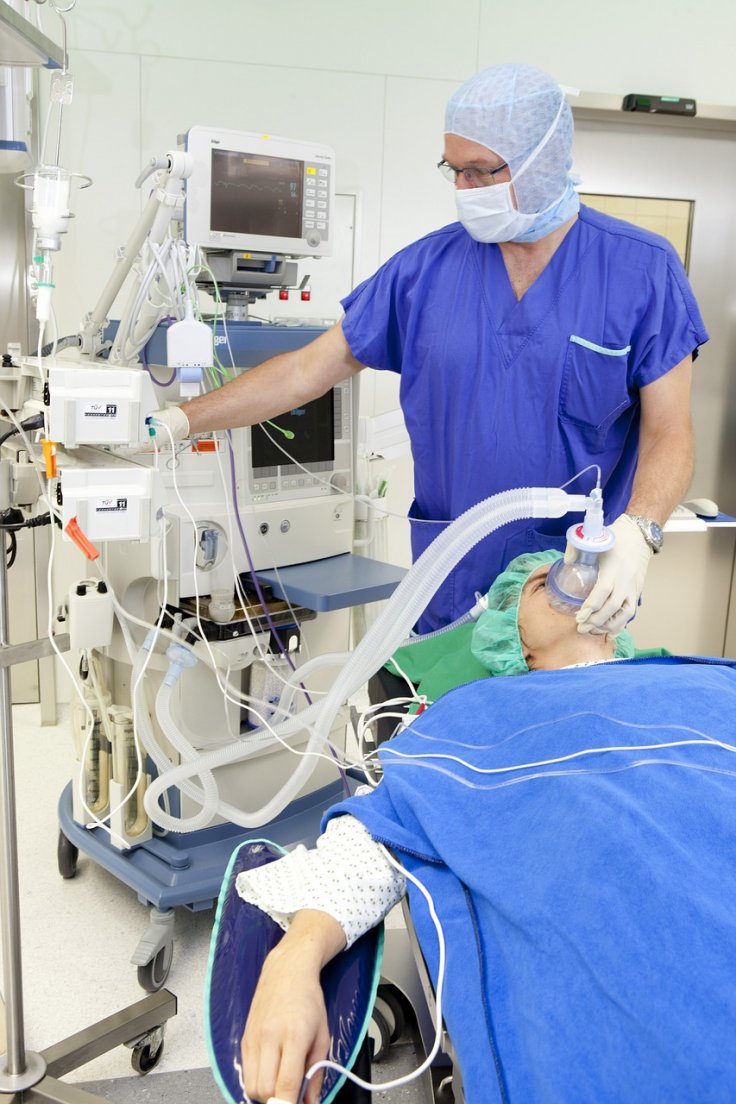A study published in the journal Royal Society Open Science reported the development of a theoretical model for utilizing one ventilator for the treatment of two patients at the same time. Reserachers from Imperial College London and King's College London have said that while sharing ventilators can be dangerous, their model offers insights into how few of the concerms can be reduced using one-way valves and variable resistances.
Dr. Steven Williams, co-author of the study, said in a statement, "We show that our proposed modified splitter can help by allowing one particular ventilation parameter - tidal volume - to be adjusted."
Helping Two Patients At Once
Usually, ventilators are specifically programmed to one patient, as each patient requires individualized pressures and volumes of airflow. This new research develops an approach by which one ventilator could in theory help two patients with varying lung problems at the same time - and that that the airflow (tidal volume) delivered to one patient could be manipulated independently of the other.

To do this, the researchers developed a theoretical model, based on an electrical circuit analogy, and used it to test various configurations for connecting a single ventilator to two patients. They found that providing tailored ventilation to different patients from one ventilator is theoretically possible when variable resistances and one-way valves are added into the inhalation and exhalation paths of the ventilator circuit.
'Last Resort'
The researchers say that the theoretical model could be used by other researchers to evaluate other potential solutions. Study co-author Dr. Peter Vincent of Imperial's Department of Aeronautics said: "Beyond the COVID-19 pandemic, the approach could potentially be useful in a range of other extreme scenarios, such as coping with acute disaster surge capacity limitations or in a military battlefield context."
The team pointed out that there is a range of significant issues associated with ventilator splitting, and that the practice is only ever to be considered in the most extreme circumstances because it poses serious risks.
However, they say that should the need arise for split ventilation, then their method could be considered a 'last resort' solution. Dr. Vincent added: "Our team is now keen to get feedback from the international community and begin bench testing the approach."
(With inputs from agencies)









